Table of Contents
Guide


The Hidden World of Mormon Polygamy
SANJIV BHATTACHARYA
 Soft Skull Press
Soft Skull Press
AN IMPRINT OF COUNTERPOINT
Copyright Sanjiv Bhattacharya 2011, 2013
All rights reserved under International and Pan-American Copyright Conventions. No part of this book may be used or reproduced in any manner whatsoever without written permission from the publisher, except in the case of brief quotations embodied in critical articles and reviews.
Library of Congress Cataloging-in-Publication Data is available
ISBN 978-1-59376-574-3
Cover design by BriarMade
Interior design by Elyse Strongin, Neuwirth & Associates, Inc.
SOFT SKULL PRESS
An imprint of COUNTERPOINT
1919 Fifth Street
Berkeley, CA 94710
www.softskull.com
www.counterpointpress.com
Distributed by Publishers Group West
10 9 8 7 6 5 4 3 2 1
You fight your superficiality, your shallowness, so as to try to come at people without unreal expectations, without an overload of bias or hope or arrogance... and yet you never fail to get them wrong... You get them wrong before you meet them, while youre anticipating meeting them; you get them wrong while youre with them; and then you go home to tell somebody else about the meeting and you get them all wrong again. Since the same generally goes for them with you, the whole thing is really a dazzling illusion empty of all perception, an astonishing farce of misperception.
Philip Roth, American Pastoral
Contents
I believe that the title of this book has already pissed off several million people. Words like Mormon and polygamy are fraught, as are fundamentalist, cult and even wife: the meanings of these terms are fluid, and the communities described in this book are sensitive about their usage. So before the acknowledgements begin, I ought to explain how and why Ive used the words Ive used. It might just mitigate the upset. Then again, it might not.
The Church of Jesus Christ of Latter-day Saints (LDS Church) insists theres no such thing as Mormon polygamy because it defines Mormon as relating strictly to the membership of the Church, and there arent any polygamists in the Church. But Mormon is a broader term, in my view, referring not only to the belief, and those who believe, in the divinity of the core Mormon scriptures, but also to the history and culture of what we understand as the Mormon tradition. By that token, there are plenty of Mormon polygamists, and even more Mormon fundamentalists, another category that the LDS Church denies.
Similarly, most fundamentalists will take offense to the word cult. And I admit it has a negative connotation. But cult just happens to be the best word going for a fringe religious group of fanatical devotion, and thats the sense I intend. Ive always thought it unsporting for big religions to denigrate smaller ones as cults, when the big boysMormons, for exampleoften started out as cults themselves.
As for polygamous cult, the complication is that not every member of a fundamentalist group will have more than one wifenot all fundamentalists are polygamists. So polygamous cult loosely refers to a group that believes that polygamy is a righteous path, whatever the actual numbers of polygamists in the group may be. And when I use wife, I refer not only to women who are legally married, but those who are spiritually married too.
For words like wacko, nutjob and bananas, I defer to the Oxford English Dictionary.
Now to the thanks. This book would never have been possible without the generosity of countless sources, many of whom feature in the book, but not all. Particular gratitude goes to Vicky Prunty and Rowenna Erickson of the now-defunct Tapestry Against Polygamy; Anne Wilde of Principle Voices, who let me stay at her place for a week; Mary and Gary Batchelor; the authors John Llewellyn and Andrea Moore-Emmett, who shared their research and contacts; the people of Centennial Park, who gave my journey such a positive start; Utah attorney general Mark Shurtleff, along with Paul Murphy, Carolyn Nichols and Jessica Eldredge; the Tucker family, especially Christy; and, of course, the scores of fundamentalists, current and former, who trusted me with their stories, not least the wonderful Bob Foster, perhaps the most trusting of them all, who sadly passed away.
I owe a debt of thanks to Marie Claire, The Telegraph and The Independent in the UK for publishing my early articles about polygamy; to Andy Mackenzie at Channel 4 (UK) for allowing me to make a documentary, The Man with 80 Wives, about Warren Jeffs; to my editor at Soft Skull, Anne Horowitz; and to my exceptional agent Kate Garrick, without whom I would never have reached the finish line.
But most of all, I thank my familymy parents, Sabita and Ramen, who, as always, were unfailing in their support; my parents-in-law, Carlene and Norm, who looked after me during the writing of the book at the excellent Pepper Jacks Bar & Grille in Grand Coulee; and especially my wife, Tawnya, whose love and encouragement were invaluable throughout the journey. She put up with me disappearing off to Utah for months on end and talked me off a ledge or two along the way. Im doing just fine with one, thanks.

When Mitt Romney lost the 2012 election, it was widely reported that the so-called Mormon moment had come to an end. Whereas at one time, the M word had been everywhereon the front page, the nightly news, Broadwaynow it wasnt. Obama won and the world moved on. And it felt rather abrupt, the way it happened. After all, this Morment had lasted a good few years. Its hard to say exactly when it startedits not as though a pistol went offbut it was 2007 when I set off for Utah to investigate polygamy, the trip on which this book is based, and even then, you could sense it building in the background, like a swelling orchestra.
At its crescendo, America became a strange and excitable place in which girls flapped hysterically over the Twilight franchise, conservatives flapped hysterically over Glenn Becks conspiracy blackboard, and the musical The Book of Mormon swept the Tony awards. There was no arguing with the Newsweek headline of June 2012Its Mormon in Americaparticularly given the Republican primaries earlier that year, featuring both Mitt Romney and Jon Huntsman. Two Mormons bidding for the White House? Thats not bad for a religion that makes up only 2 percent of the population.
But one thing became abundantly clear early on: The word Mormon didnt focus-group well. The LDS Church knew this already. In 2009, it had engaged the advertising agencies Ogilvy & Mather and Hall & Partners to assess what it saw as a perception problem, and the agencies discovered that not only were most people ignorant of Mormon beliefs, but they were also broadly suspicious of the believers, describing them as sexist, cultish, and secretive. So just as Romneys bid for the presidency got under way, the church unleashed a multimillion-dollar PR campaign devoted to changing its image. The I am a Mormon campaign of 2011 featured, among others, a Hawaiian surfing champion (Joy Monahan), a black female mayor (Mia Love), and the lead singer of the Killers (Brandon Flowers). The message was clearMormons arent weird or scary; theyre normal and ethnically diverse. Cool, even.


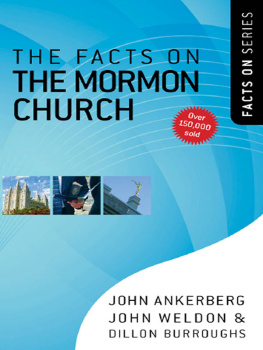
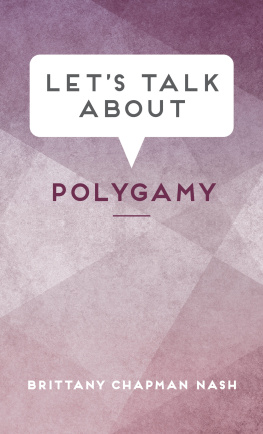
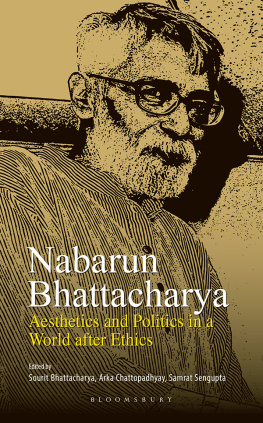

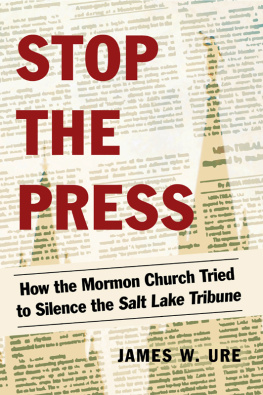
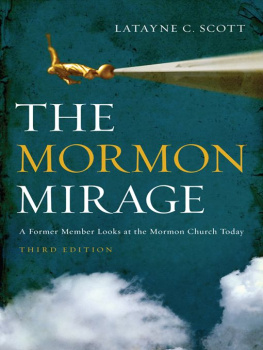
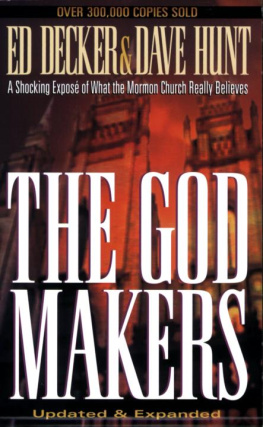
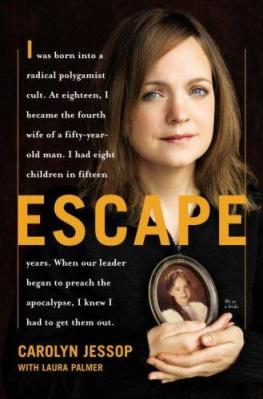
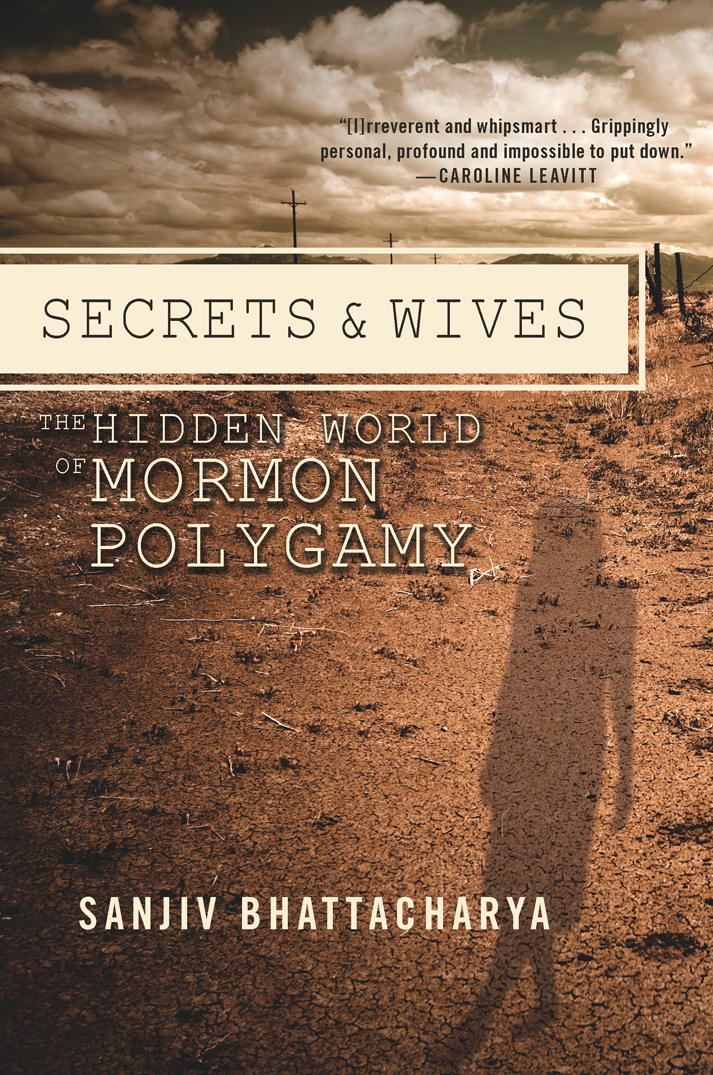


 Soft Skull Press
Soft Skull Press